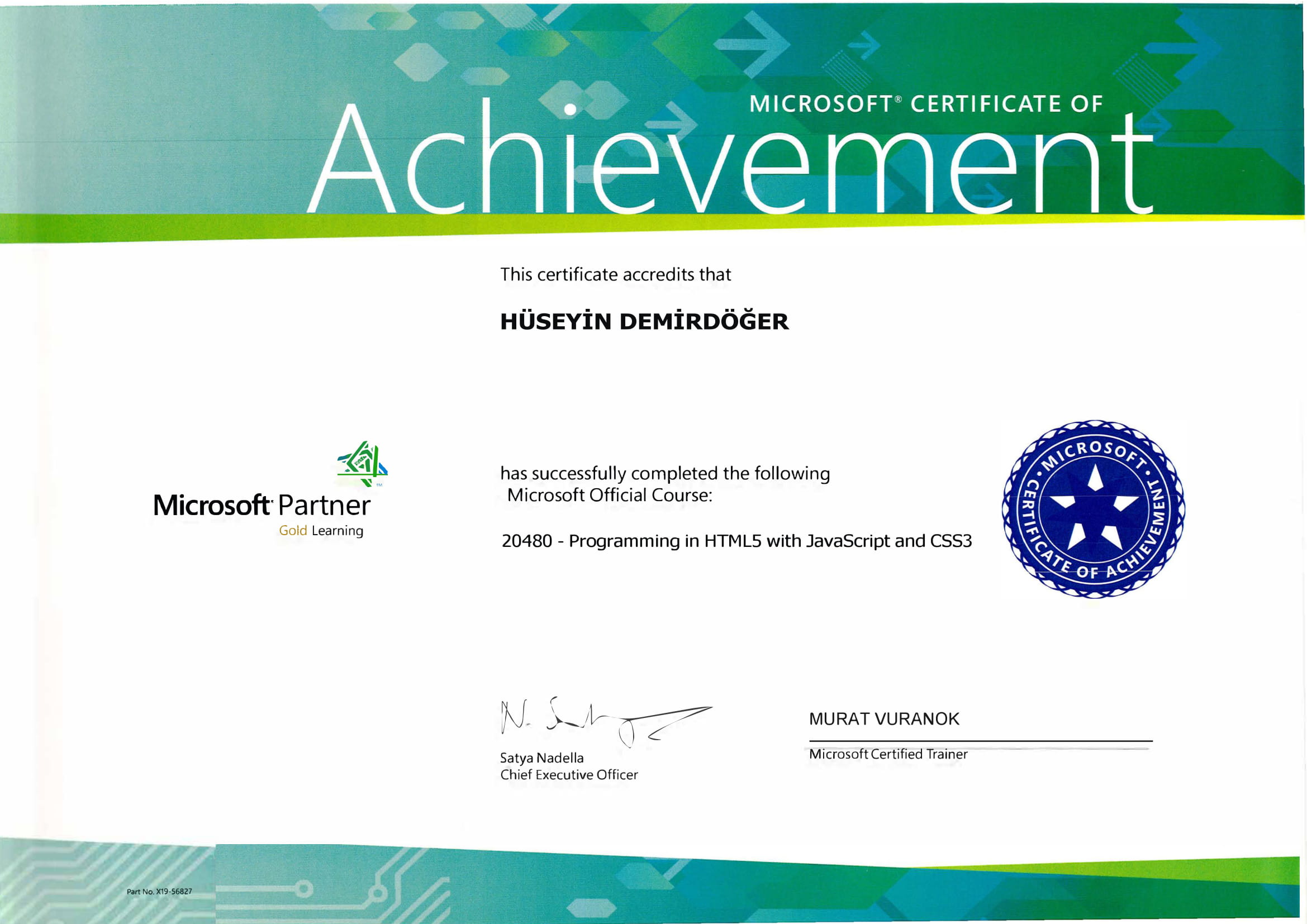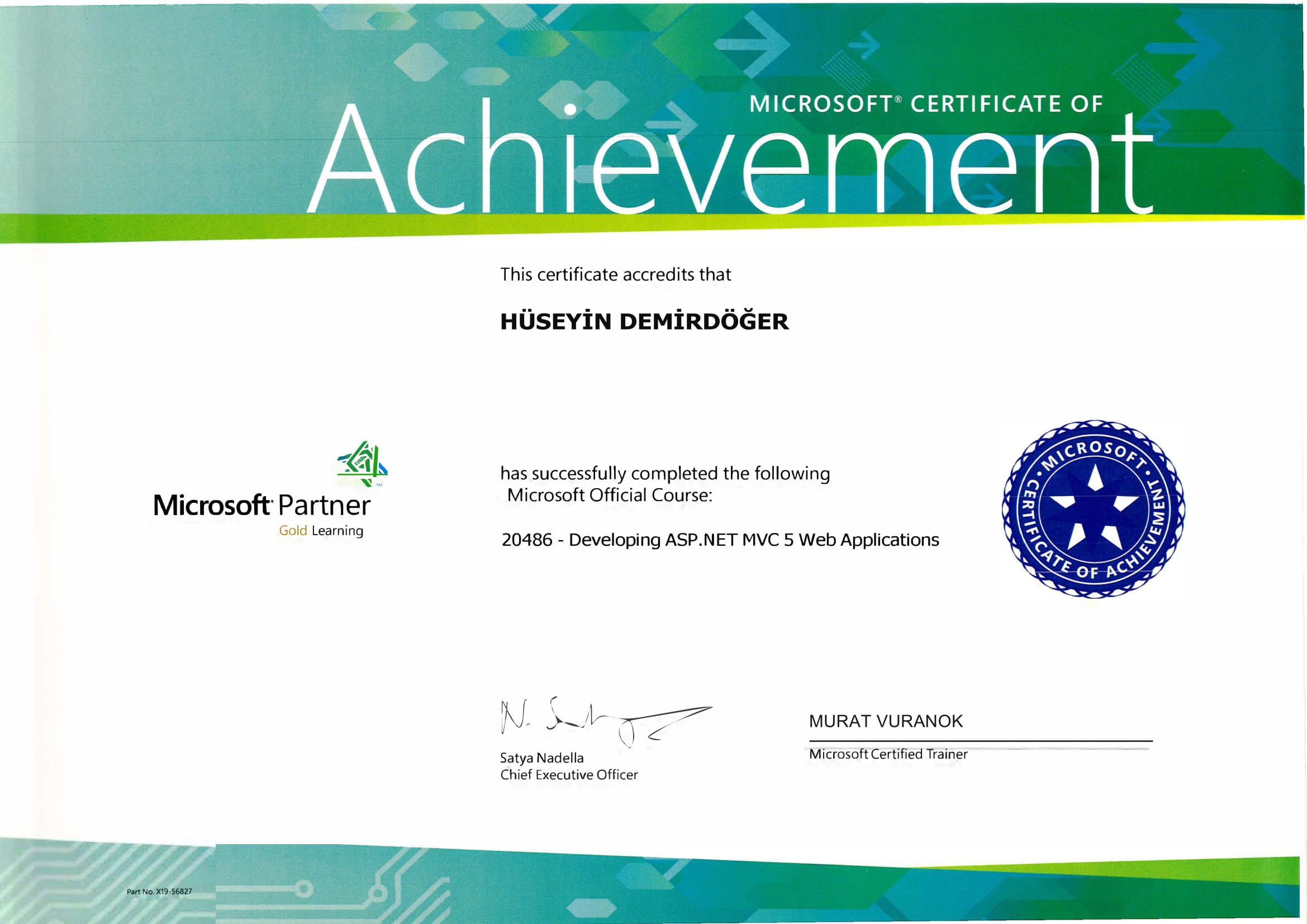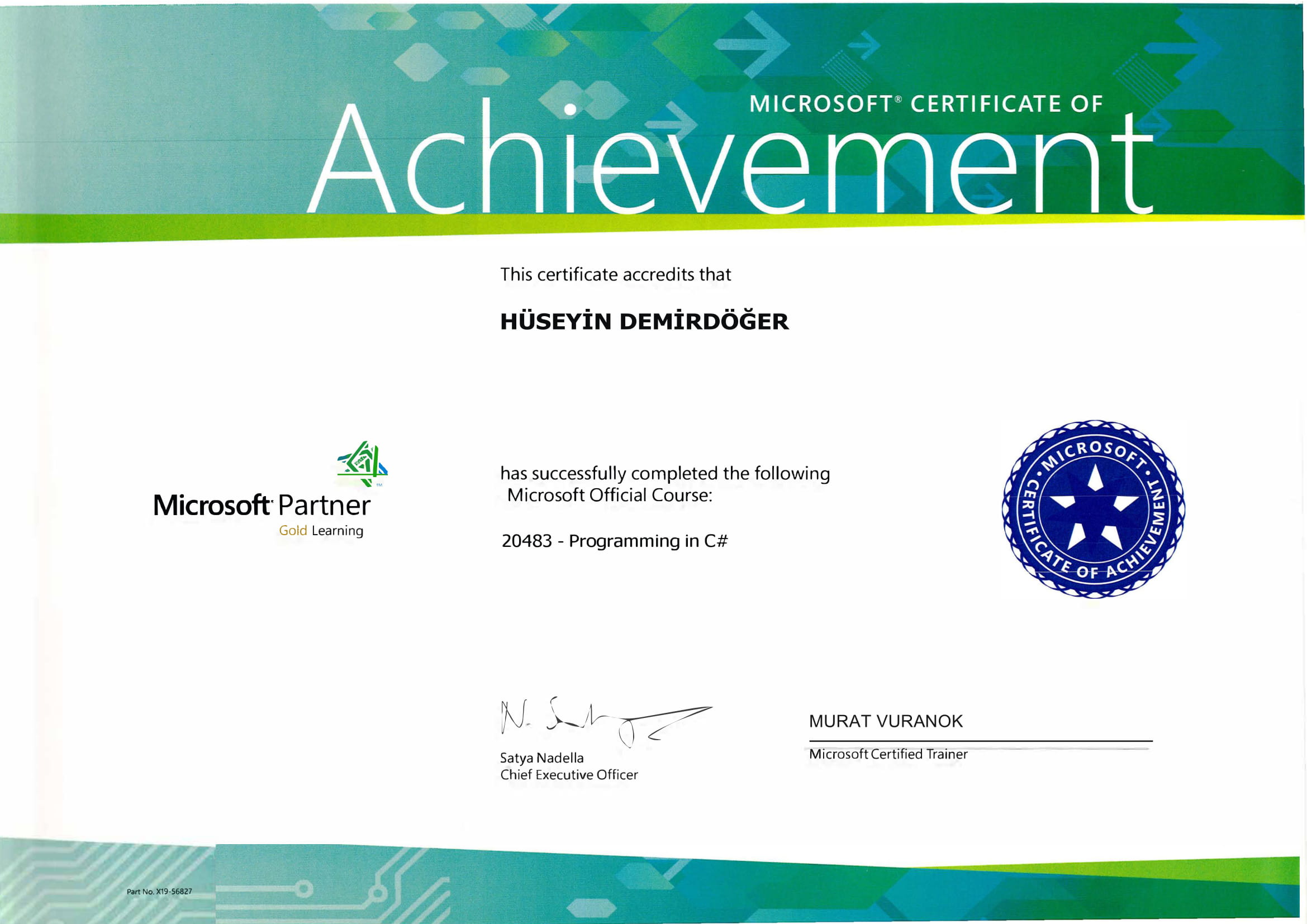Dealing with Windows update errors can be a real headache, and if you've ever encountered the notorious error code 0x80240fff, you know just how frustrating it can be. This error often crops up when you're trying to update your Windows system or access applications from the Microsoft Store, leaving you stuck and uncertain of the next steps. Curiously enough, Windows errors have a way of appearing at the worst possible times, don't they? But fear not, we’ll guide you through the steps to fix this issue, restoring smooth functionality to your PC.
Understanding the Error Code 0x80240fff
This particular error code signifies a problem in the Windows update process. It's often linked to network troubles or conflicts with Windows Services, which can prevent your system from downloading or installing necessary updates. Picture this: you've settled down to update your system, maybe even with a fresh cup of coffee or tea, and then bam! This error code appears. It’s like your device decided to take a rain check on you.
Step-by-Step Guide to Fix Error 0x80240fff
1. Verify Your Internet Connection
Ensure that you have a stable internet connection. You’d be surprised how often a simple connectivity issue can be the culprit behind update problems.
2. Postpone Updates Temporarily
If the issue persists, try postponing updates. This can sometimes give Microsoft the time needed to iron out hiccups in their update servers. You can do this by:
- Opening Settings > Update & Security > Windows Update.
- Clicking on 'Advanced options,' then toggle on the ‘Pause updates’ switch.
3. Run the Windows Update Troubleshooter
Windows comes with a built-in troubleshooter designed specifically for tackling update issues:
- Go to Settings > Update & Security > Troubleshoot.
- Select ‘Windows Update’ and then click on ‘Run the troubleshooter’.
4. Clear the Windows Update Cache
Corrupted cache files can often lead to update errors. Clearing these files can resolve such issues:
- Open 'Run' by pressing Windows + R, type
services.msc, and hit Enter. - Find ‘Windows Update’ in the list, right-click and select ‘Stop’.
- Navigate to
C:\Windows\SoftwareDistribution\Downloadand delete all files in the folder. - Return to services and restart ‘Windows Update’.
5. Check for Conflicting Applications
Sometimes, third-party applications can interfere with Windows updates. Try disabling, or better yet, uninstalling these applications temporarily.
What do you think about these steps? Have you ever experienced something like this before? If you're interested in understanding more about similar error codes and their solutions, you might find it helpful to read up on Windows Error Code 0xc0000005 or Windows Error Code 0x80070005.
Additional Resources
- Microsoft’s Official Guide on Windows Update Errors can be a valuable source if you’re seeking more comprehensive support.
- If your issues seem network-related, exploring solutions for Error Code 0x800704cf might be helpful as well.
Dealing with update failures like error code 0x80240fff can initially seem daunting, but with a systematic approach, they can be resolved effectively. At first, I thought tackling such errors required deep technical know-how, but looking at it now, it's all about following structured steps. Remember, technology is here to aid us—sometimes we just need to give it a little nudge in the right direction.


















